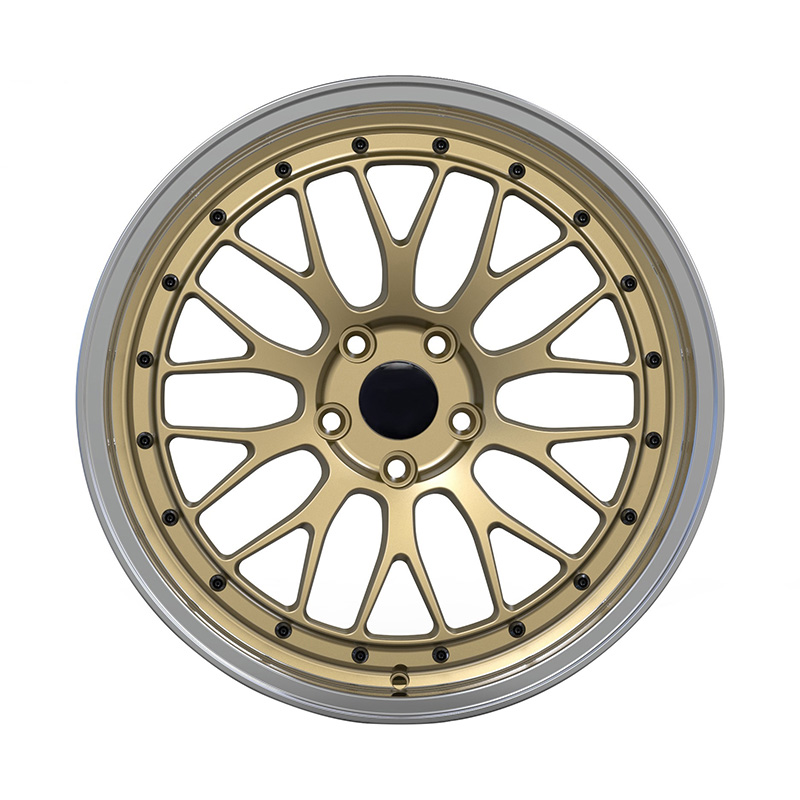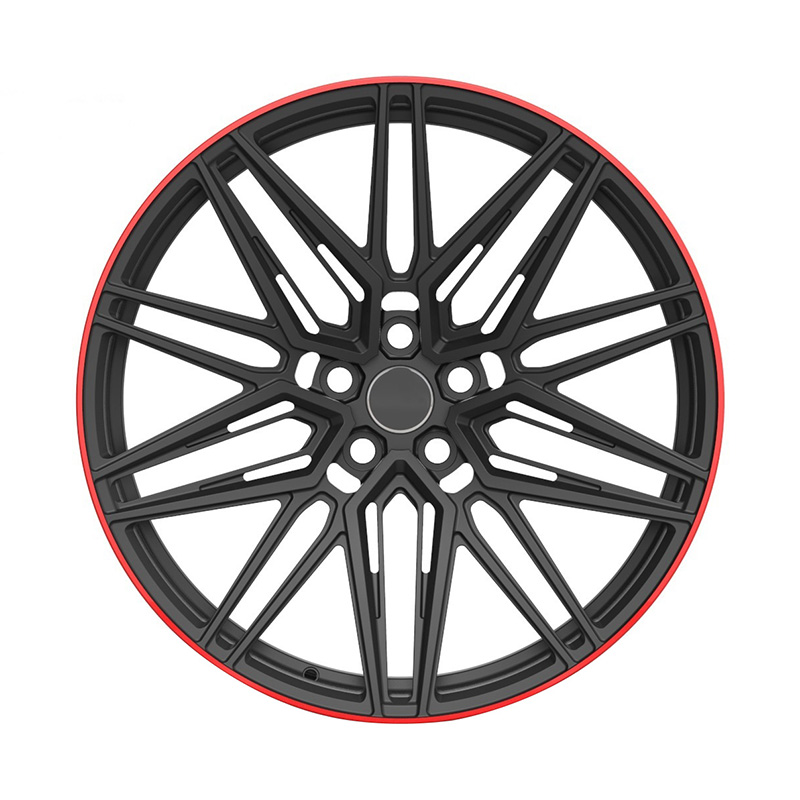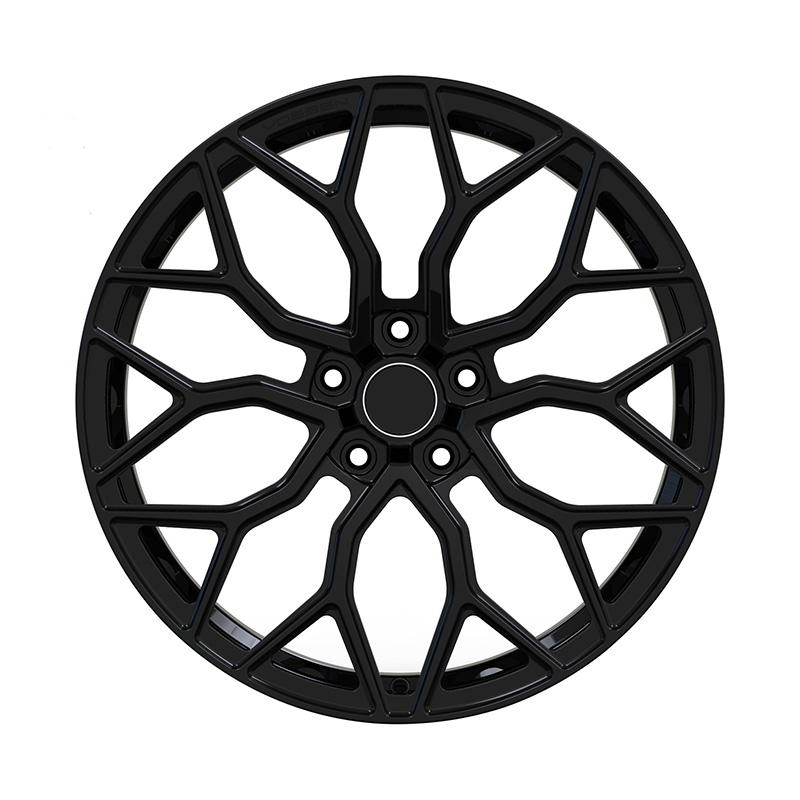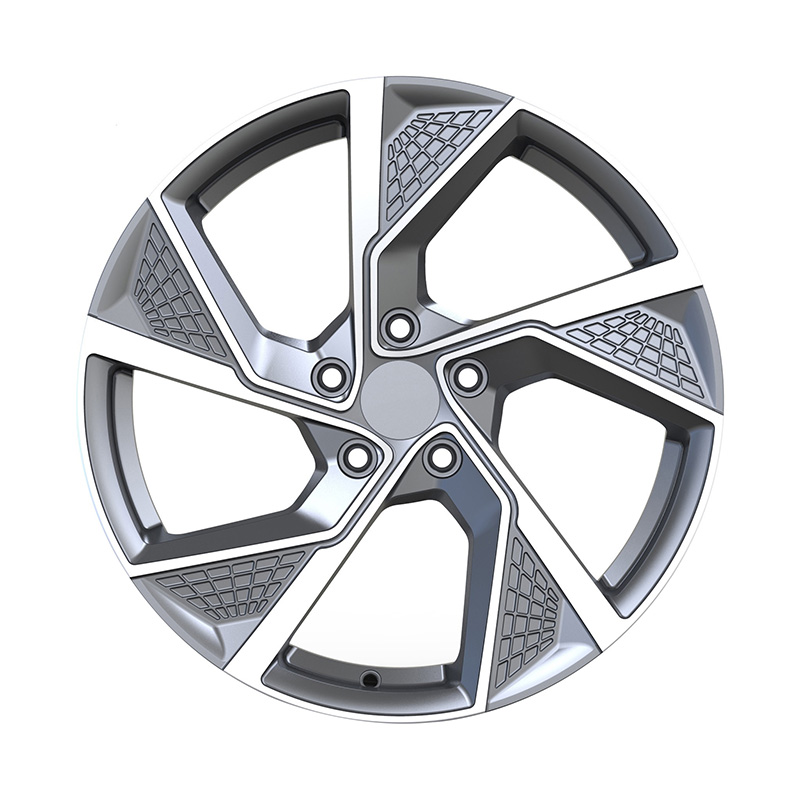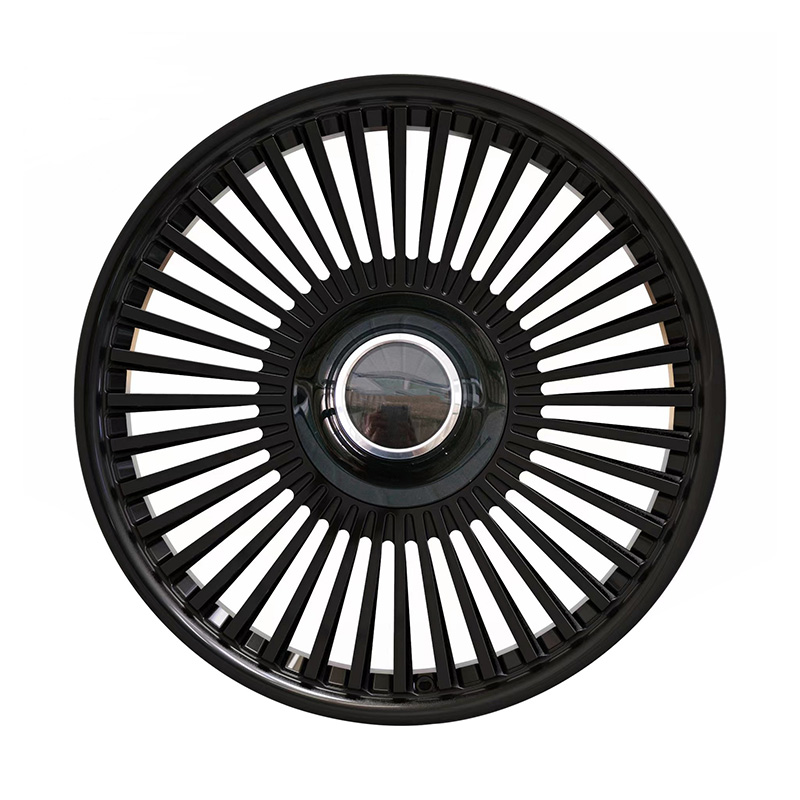
Submit
Submit feedback
The Differences Between Lightweight SUV Wheels and Racing Wheels
2024-11-08
When selecting wheels for your vehicle, the specific requirements of the driving environment—whether it's off-road adventures or high-speed racing—play a significant role in determining the option. Lightweight wheels are often preferred in both categories for their ability to reduce overall vehicle weight, enhancing performance. However, the design and construction of lightweight off-road SUV wheels and lightweight racing wheels differ in important ways to meet the specific demands of each discipline.
Purpose and Design Considerations
The primary difference between lightweight off-road SUV wheels and lightweight racing wheels lies in their intended purpose and the conditions in which they will be used. Off-road SUV wheels are designed to withstand the challenging terrain and obstacles that come with off-road driving. This includes rocky surfaces, uneven trails, mud, sand, and conditions. As such, durability and strength are paramount in the design of off-road wheels. These wheels need to resist bending, cracking, or breaking when subjected to rough terrain or sudden impacts.
In contrast, lightweight racing wheels are designed with high-performance driving in mind, where speed, acceleration, and handling are the primary concerns. Racing wheels are built to be lightweight, reducing the unsprung weight of the vehicle, which directly impacts the handling and responsiveness of the car. However, these wheels must also be able to withstand the high stress of racing conditions, including high-speed cornering, braking, and rapid acceleration. Unlike off-road wheels, racing wheels are generally not subjected to the same kind of impacts from rocks or debris, but they must be able to endure the forces generated on the racetrack.
Materials and Construction
Both off-road SUV wheels and racing wheels often use lightweight materials to reduce overall vehicle weight, but the types of materials and their construction differ significantly.
Off-Road SUV Wheels:
Off-road wheels typically use materials that strike a balance between weight savings and strength. While many off-road wheels are made from aluminum alloys, some may incorporate steel or a combination of different materials to enhance strength and impact resistance. Steel wheels, for example, are often favored for their durability and ability to bend rather than break, which is important for off-road driving where rocks and sharp objects can cause damage. Aluminum alloy wheels, on the other hand, are common for their light weight and resistance to corrosion, which is particularly important in off-road environments that may expose wheels to mud, water, and road salts.
Racing Wheels:
Racing wheels, on the other hand, are typically made from advanced, high-strength alloys such as forged aluminum, magnesium, or carbon fiber. Forged aluminum is often preferred due to its high strength-to-weight ratio, which helps the wheel's weight without compromising on performance. Magnesium wheels, while lighter, are less commonly used due to their susceptibility to corrosion and the fact that they are more expensive. Carbon fiber wheels, though lighter still, are used in very high-end racing vehicles due to their exceptional strength and reduced weight, but they come at a significantly higher cost.
Strength and Durability
One of the significant differences between lightweight off-road SUV wheels and lightweight racing wheels is the emphasis on strength and durability.
Off-Road SUV Wheels:
Off-road wheels must be able to endure a variety of impacts, from rocks and boulders to sudden potholes and deep ruts. The strength of these wheels is crucial because the terrain can be unpredictable and harsh. While lightweight alloys can help to reduce the unsprung weight of the vehicle, off-road wheels often prioritize durability and impact resistance. This means that off-road wheels might be slightly heavier than their racing counterparts in order to ensure that they are tough enough to handle the stresses of off-road driving. These wheels also typically feature reinforced sidewalls and more robust rim designs to avoid cracking or bending when encountering rough terrain.
recommend products
-
Zhenlun Multi Spokes Split Monoblock Forged Wheels Bronze With Silver Lip Edge
-
Zhenlun Matt Black With Red Lip Monoblock Forged Wheels
-
Zhenlun Gloss Black Monoblock Forged Wheels Gloss Black For Sports Car
-
Zhenlun Monoblock Forged Wheels Lightgrey With Machined Face
-
Zhenlun Monoblock Forged Wheels Gloss Black Dense Multi Spoke

 0
0

